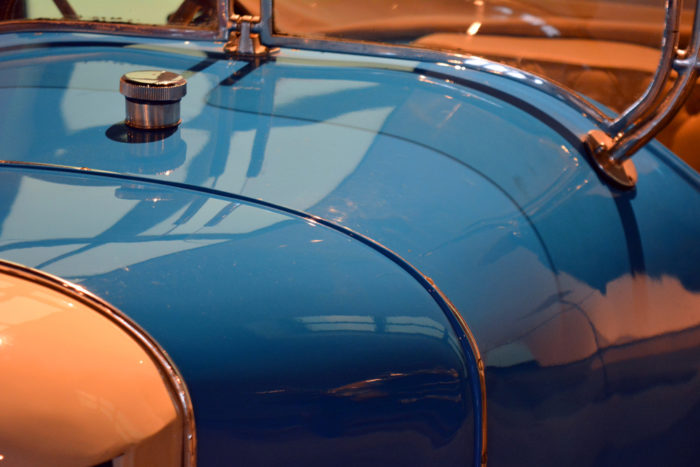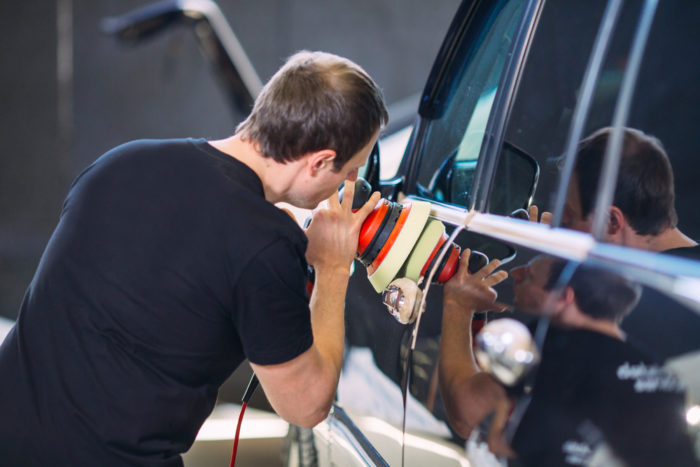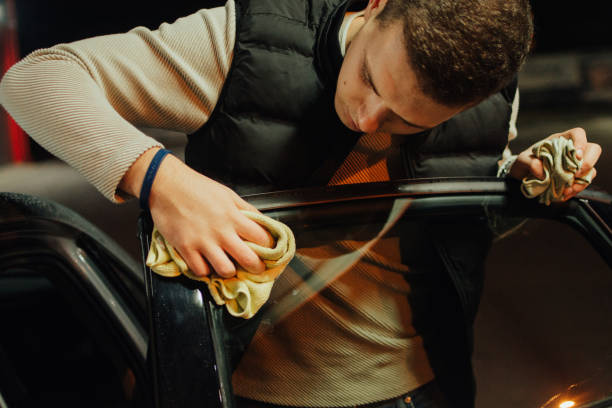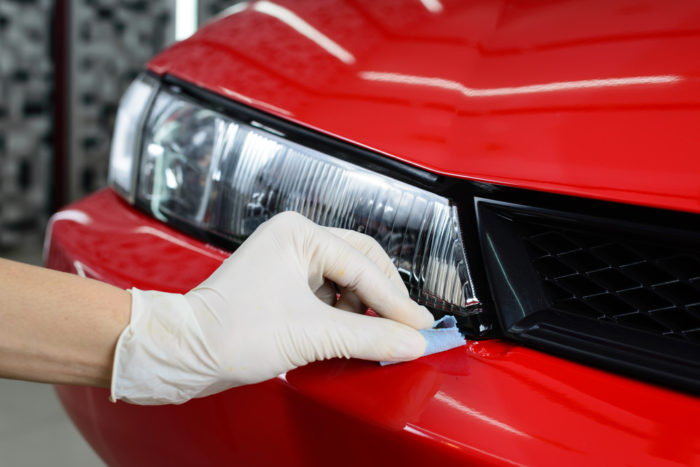Do I Need To Prime Before Painting Over Old Paint On A Car?
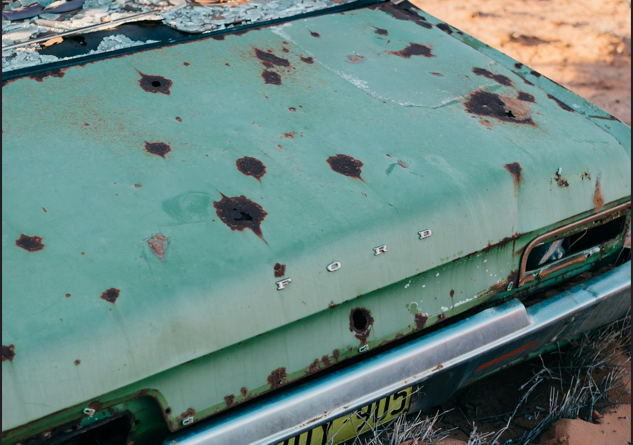
Priming before painting over old paint on a car is generally recommended, especially under certain conditions. Whether you need to apply primer depends on the condition of the existing paint and the type of paint job you’re aiming for.
Here are some situations where priming is necessary…
- Bare Metal Exposed – If your preparation work has exposed any bare metal, apply a primer to protect the metal from corrosion and ensure good adhesion of the paint.
- Repairs Made – If you’ve made repairs with body filler or patched areas of rust, priming these areas is necessary to ensure a smooth, uniform surface for painting and to prevent the filler from absorbing paint unevenly.
- Surface Imperfections – For surfaces with scratches, dings, or other imperfections that have been sanded smooth, a primer can help fill in minor flaws and create a more even surface for the new paint.
- Severe Fading or Peeling – If the old paint is severely faded, peeling, or cracking, a thorough sanding down to a stable substrate followed by priming can provide a solid foundation for the new paint, helping to prevent future peeling or adhesion problems.
- Changing Paint Colors – When changing to a significantly different color, especially from dark to light, applying a primer can help cover the old color thoroughly, ensuring that the new color appears as intended without being influenced by the old color.
- Use of Certain Paint Types – Some types of paint, particularly those that are significantly different in composition from the old paint (e.g., switching from enamel to urethane), may require a primer to ensure compatibility and adhesion.
If the existing paint is in good condition (not peeling, cracking, or severely faded), and you’re not making a dramatic color change or repairing the surface, you may be able to lightly sand the old paint to provide a key for the new paint without applying a full primer coat. This scuffing creates a rough surface for the new paint to adhere to, potentially eliminating the need for a primer, especially if using a paint designed to adhere well to previously painted surfaces.
While priming is an extra step, it’s often a part of preparing a car for painting that can significantly impact the durability, appearance, and longevity of the paint job. Always consider the specific conditions of your project and the manufacturer’s recommendations when deciding whether to prime before painting.

